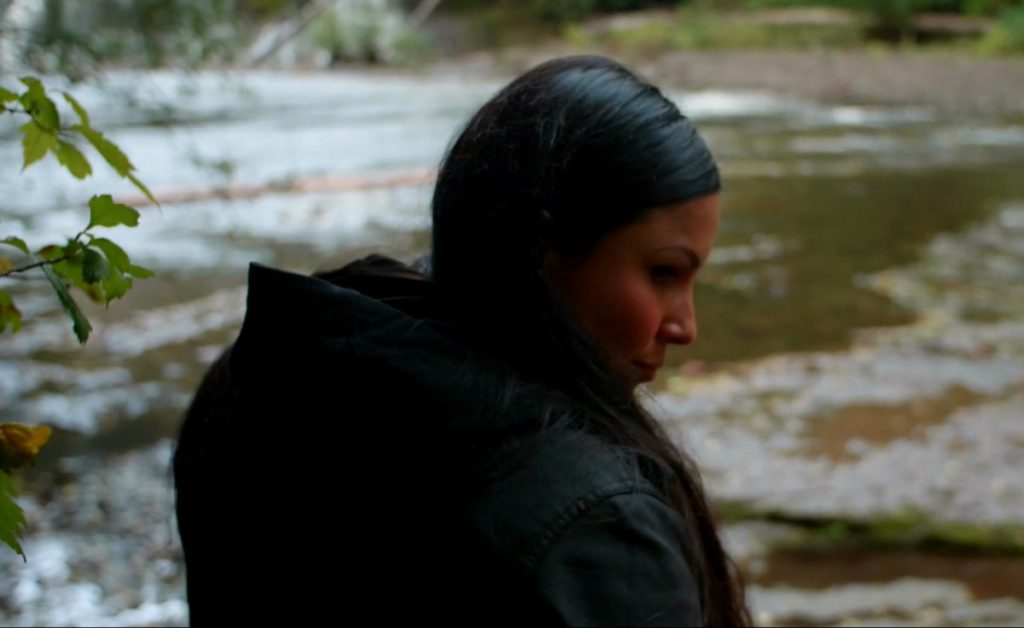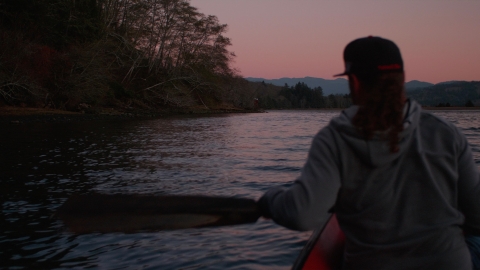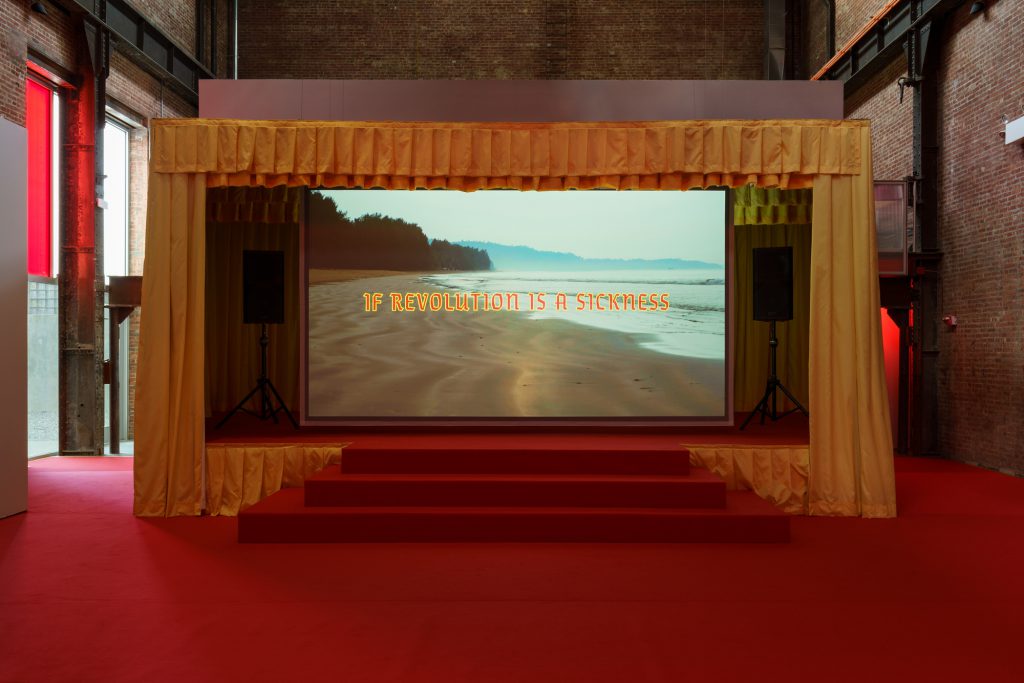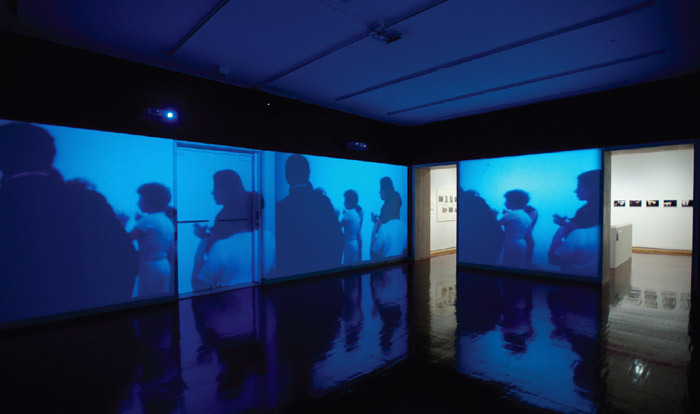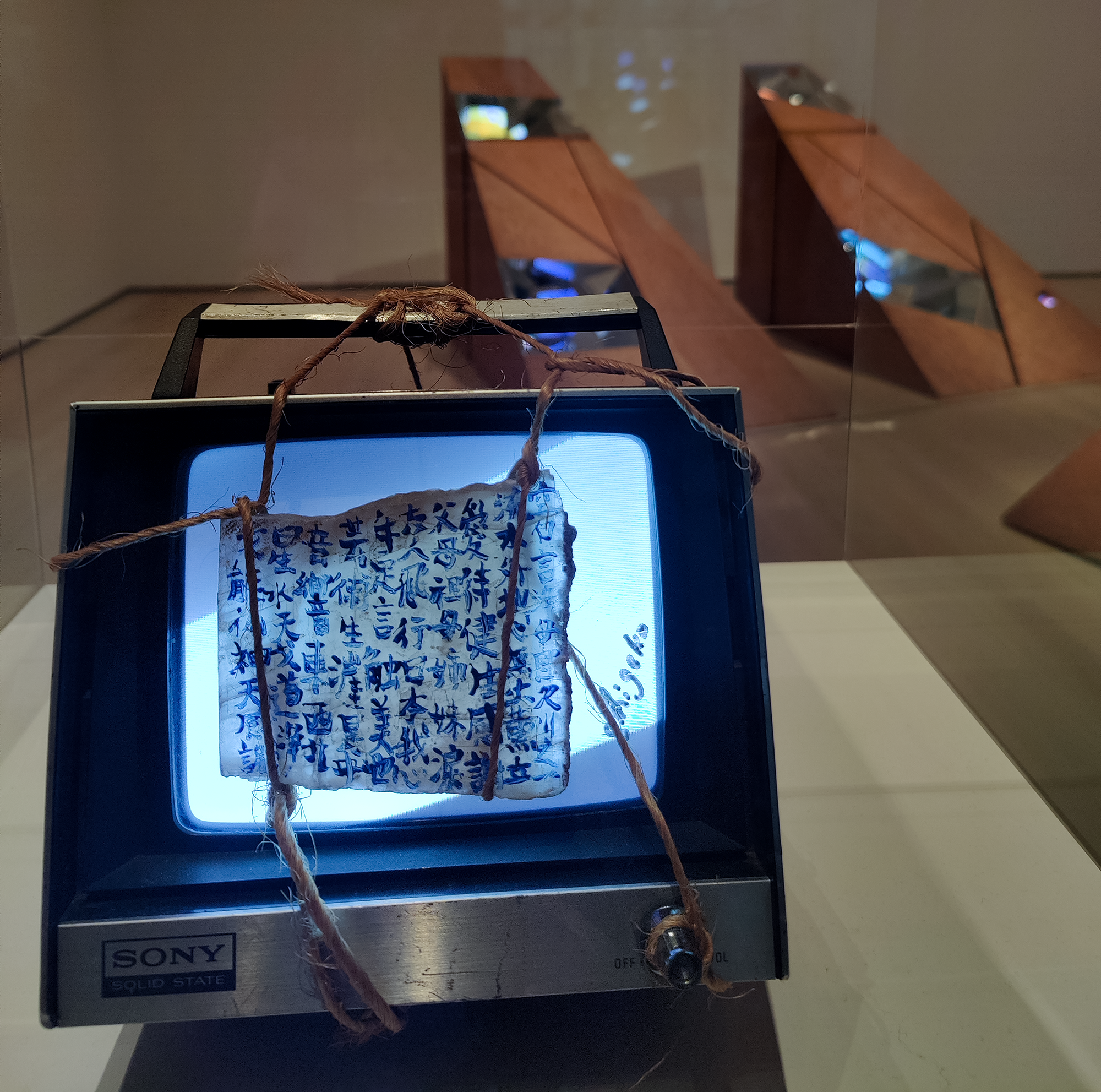The first film, Singing in Oblivion by Eve Heller, was a short film about life and death. The film starts off with a wide shot of a tomb as various birds are heard chirping creating a song-like audio piece. A unique contrast between the birds singing and the black and white images of the cemetery. No words and no people other than old photographs altered with a negative filter. The way the images would change rapidly it seems as the people on the photographs are not only dead but they’re ghosts. Some images looked a bit creepy and with the negative filter, the people’s faces weren’t as clear. There was one image of a little girl whose eyes were looking up she looked like she was possessed. Later on, the images changed their pace and would linger on the screen removing the filter to reveal the people’s faces as if to demonstrate that they were full of life. There were also images of different chains running vertically through the screen as film stock would. The images were different and unexpected as they kept running to reveal what looked like a clock at the end of the chain. I thought that it was poetic and I read that image as a representation of a person’s life span given the clock at the end was revealed that the person’s time was up. The film however ended with a close-up shot of a baby covered in a blanket in a women’s arms. I really liked how the filmmakers decided to end the film with just one image of the baby as the story comes full circle with it. Also how the sound was the same throughout the film with the birds chirping in harmony. The film overall had a peaceful tone to it.
The second film, This Day’s Madness did Prepare Tomorrow’s Silence by David Gatten, was a 90-minute film about a slightly harder concept to crack. Honestly, I don’t really know exactly what it was about. It had a similar concept to the previous short film about the life and the passing of time. The film starts with a black screen with Impromptu No.4 in C-Sharp Minor, Op.66 by Yoshimi Fujimura playing in the background. After the instrumental was over then glimpses of the ocean, the sky, and a yacht were shown. The shot’s pace was fast so it seemed like someone’s POV while waking up. That was my initial thought but as the film progressed the same style in shots continued throughout the film. It was a bit uncomfortable to watch because the images were usually bright images and then it cut back to a dark screen. In terms of audio, there was barely any sound design done in this film so all 90 minutes of the film was pretty much silent. The only sound that I was able to hear was of a faint heartbeat on several occasions. Before screening the film the filmmakers said that film was going to appear to be longer than it actually was and honestly I felt that. The film in my experience was hard to watch and I could not see everything being shown entirely as it cut so fast. They also did not have any kind of dialogue instead they had messages written in a notepad. Overall the film was experimental and I have not seen anything like this film. I did not enjoy it entirely as it was uncomfortable for my eyes to watch giving the flashes of the cuts but it was nice to see something different.
